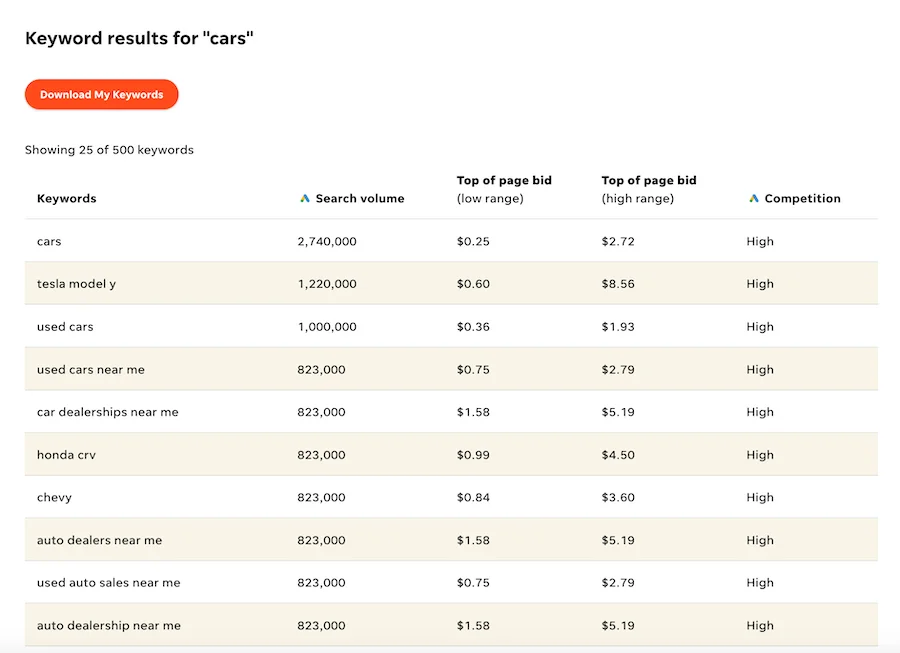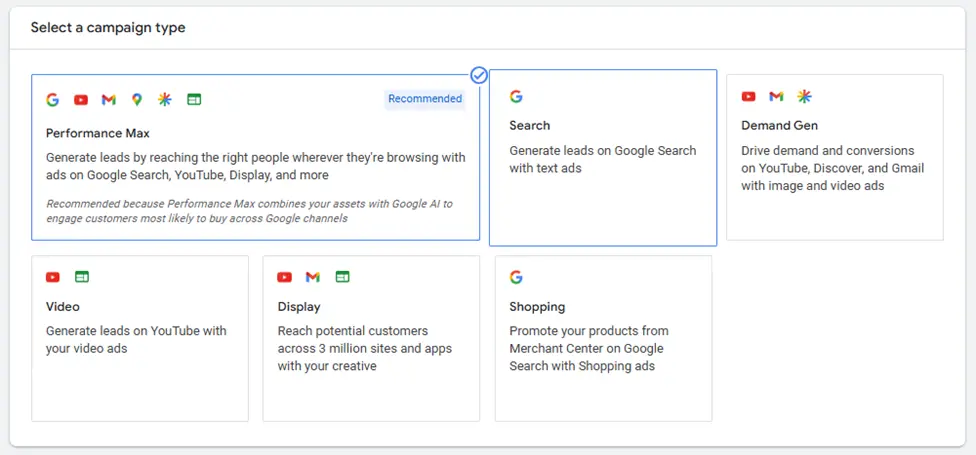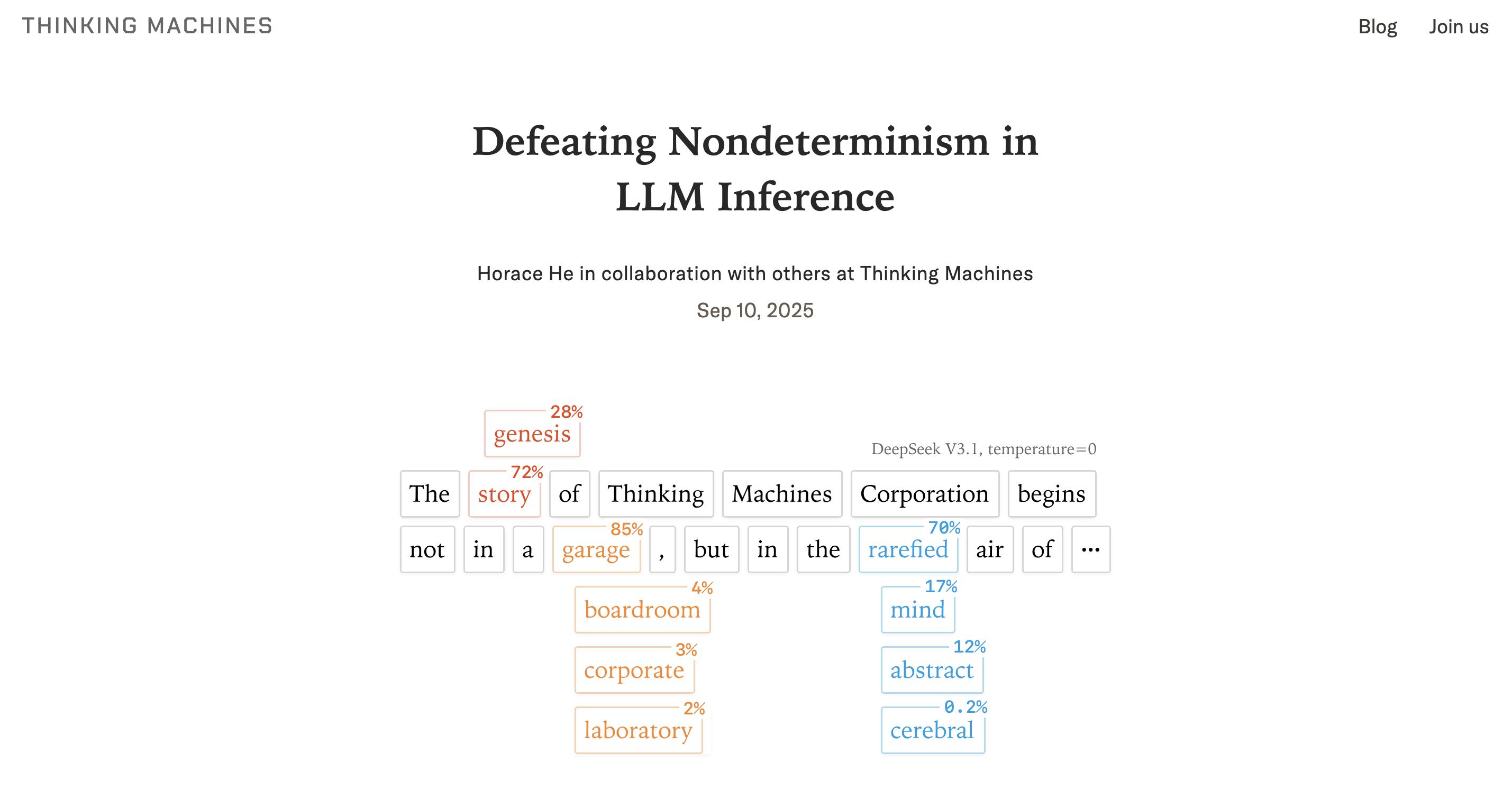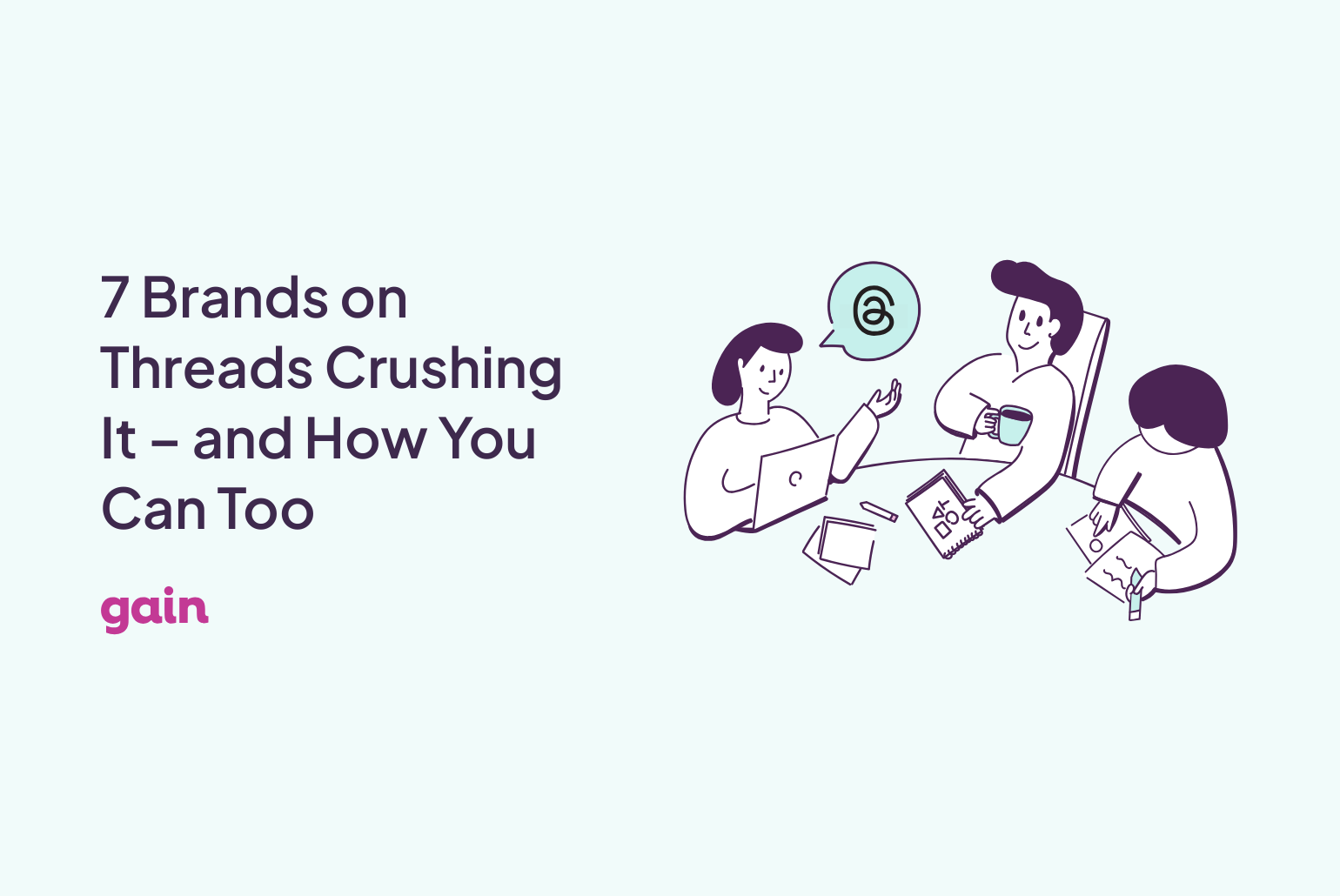So you’re set with the task of building out your company’s Google Ads account. Your heart sinks to the bottom of your chest, as flashbacks from high school of sitting in math class attempting to solve problems that appear unsolvable (because you failed to study) resurface from the back of your mind.
Building out a Google Ads account structure is not as intimidating as it may appear. Yes, the Google Ads interface can be a bit tricky to navigate at times, but this step-by-step guide will walk you through everything you need to do to create a well-structured account. Also, remember the structure of your account is not permanent, and will likely continue to change and evolve over time.
Contents
Why is Google Ads account structure so important?
Let’s take a step back–what is even meant by account structure, and why is it so important?
I’m glad you asked. Put simply, the way you structure your Google Ads account allows you to control how you want your ads to be triggered and when and where you want them to appear. Not having a well-structured account is like attempting to drive a car that’s not properly built – accidents are bound to happen. Keep in mind that having a well-structured account will:
- Ensure that the searches triggering your ads are relevant to your audience.
- Result in better Quality Scores, which in turn results in better results and lower prices. Quality score is essentially the scale of how much Google likes you (and trust me, you want Google to love you!).
- Keep you organized and able to optimize. If your account is a mess, then you’re likely to get lost in the mess, your results will plummet (or never arrive), and optimizing to get better results will be out of the question. So keep in mind organization (and your own sanity) when structuring your account.
⛳️ Want to take this tutorial to go? Download the free guide on How to Build the Perfect Google Ads Account Structure.
The 6 critical components of Google Ads account structure
It’s important to have a full understanding of each component of account structure before even dreaming of getting started, so let’s quickly review the basics.
- Campaigns: How to structure Google Ads campaigns, in a nutshell: Unless your account is very large, you’ll typically only have a few campaigns that surround broader themes. Each campaign will contain ad groups, which contain keywords that tie to your text ads and direct to your landing page. Typically, I recommend deciding on campaign topics based on how you want to divvy up your marketing budget, since you set up your budget at the campaign level.
- Ad groups: Under each campaign, you will create relevant ad groups, which will be much more specific. There’s no recommended number of ad groups to have under a campaign, but typically it’s more manageable to not go overboard since this will stretch your campaign budget across so many ad groups, keywords, ads, and landing pages that results could suffer. Ad groups contain keywords (no more than 10-20 is recommended), these keywords will trigger your ads (2-3 per ad group), and then direct to a relevant landing page.
- Keywords: Keywords will fall under each ad group, and are very important to controlling the way your ad is triggered. When someone types in the search box in Google, that search is called a “search query,” which is then matched with a keyword, which then triggers an ad. Each keyword will have a Max CPC, match type, and Quality Score tied to it. It’s critical to conduct thorough keyword research, gain a concrete understanding of match types, and spend time refining and optimizing your keyword strategy over time.
- Negative keywords: These are vastly overlooked by advertisers, but they’re critical to set up and build upon to avoid spending money on irrelevant searches. Especially if you’re using more broad match and/or modified broad match keywords, you’re highly likely to pull in some completely irrelevant search queries that match with your keywords and ads. Keep building your negative keywords list and checking out your search query report to identify new negatives.
- Ad text: This is the actual text that will appear when your ad is triggered. Each ad group should have 2-3 ads per group directing to the same landing page. It’s important to follow Google Ads policies in order to get your ads approved, A/B test your ads over time, and really highlight the benefits of your offering to one-up your competition in the search results.
- Landing pages: Last, but not least, we have landing pages. The destination that each ad will direct the searcher to (likely a page on your site with an offering or call-to-action). I recommend being very strategic with your landing pages, making sure that each ad directs to an extremely relevant page, which reflects not only the keywords you’re bidding on within that ad group but also the ad text displaying in the SERPs. Landing page relevancy and optimization are critical to see success with PPC.
Now that we’ve reviewed the basics, let’s get into the nitty-gritty of what you need to do when building out your account. If you’re completely new to Google Ads, start off by creating an account. This part should be pretty self-explanatory, but follow this guide if you need assistance.
#1: Decide how you want your account to be structured
This question arises constantly: What is the perfect account structure? I hate to break it to ya, but there is, truthfully, no magic recipe for structuring your account, and more than one strategy can prove successful. Luckily, there are a few different methods that work well:
- Based on the structure of your website: How is your website structured? Do you have different tabs or pages for different products or offerings? Do you value different product pages over others? If your website is well-structured (which it should be), then it makes sense to structure your Google Ads account in a similar fashion.
- By products/services offered: This is likely the same as the structure of your website, but think about your different services or products offered and structure your account in a similar fashion. For example, let’s say you sell tennis gear; you would want to create a campaign for tennis rackets, tennis balls, tennis clothing, etc. Then, under the tennis rackets campaign, you might create separate ad groups for the brands you sell or perhaps for the size or gender the racket is for. Take a look at your various offerings and decide which ones are most valuable. Is there a very large demand for tennis bags online? Then you might want to run a campaign for tennis bags with a higher budget. Spend some time mapping out your products and deciding how you want to divvy up your budget between campaigns.
- Based on locations: Is location important to your business? Maybe you’re a law office that has multiple locations across New England or perhaps you sell development courses in major cities ranging from London to Tokyo. If location targeting is important, then structure it based on this. For example, create a London campaign to sell your development course to only those in a particular radius of the city.
Of course, there are many other tactics to structuring your account, but it’s all about taking the time to come up with a rational structure that will be easy to manage, track, and optimize to get the best results over time. So take the time to ponder various structuring techniques, and decide on the one that works best for your business. Once you’ve decided, I’d recommend actually mapping out the structure on a piece of paper or in an Excel doc to get a full visual of the campaigns and ad groups you’ll be creating.
Not sure of the best way to structure your account? We can help! Check out the detailed walk-through here:
#2: Conduct keyword research
So you’ve drawn out a beautiful account structure with campaign themes and ad group topics. Now it’s time to fill up those ad groups with keywords, but how does one choose which keywords to use? Perhaps, just randomly selecting keywords that sound related? Hmm, not quite the approach I would take. You need to do some thorough keyword research to ensure you’re choosing keywords that aren’t too competitive or that have low Quality Scores or search volume.
Start by going through each ad group and keeping an organized list in an Excel document. Then use either Google’s Keyword Planner or WordStream’s Keyword Tool to find relevant keywords for each ad group.

Be sure to keep in mind that it’s best to start small with the number of keywords you use per ad group (roughly 10-20 max). But why? Isn’t it best to bid on more keywords to get better results? Picture a party that was way too crowded; the food was eaten up before you could get any, you could barely move without breathing all over your neighbor, and others likely stepped on your feet, not even realizing you were there.
Google reacts the same way when too many keywords are in an ad group–the party is simply too crowded and the chances of getting traffic and results out of each keyword are slim to none. You’re also going to want to use a variety of match types, bidding higher the more restrictive you go with each match type.
Once you have a keyword list for each ad group in place, it’s time to dive in and start building.
#3: Create your first campaign
Now that you’ve spent time mapping out your Google Ads account structure with a detailed keyword list, it’s time to get the ball rolling and build out your first campaign. Start with the one that is highest priority, and then work down from there. The first thing you’ll want to do is review your campaign settings. This part sounds self-explanatory, but advertisers tend to make careless mistakes, which can cost a huge chunk of your marketing budget. Moral of the story: use caution and go through your settings diligently. Double-check the following items:
- Type: For the purpose of this tutorial, we’re going with a search campaign structure. There are six different Google Ads campaign types to choose from: Search, Display, Video, Shopping, Demand Gen, and Performance Max. We break down all the different Google Ads campaign types here, but your choices will look like the following.

- Locations and languages: Make sure you’re targeting the appropriate ones for this campaign!
- Bid strategy and budget: Your daily budget and bid strategy determine how much you’ll spend on your ads. Use industry benchmarks to calculate how much you are willing to spend per day on that campaign with the marketing budget you have allotted to Google Ads to help you decide.
That’s your Google Ads campaign structure in a nutshell.
#4: Create your first ad group and ad
To get your campaign running properly, you need ads (duh!). As we went over before, ads are tied to a list of keywords within an ad group, so the first thing we’ll need to do is create a new ad group.
Then you’ll need to create your first ad, because, of course, an ad group won’t be able to run unless there’s at least one advertisement in that group. To get started with Responsive Search Ad creation, keep the following pieces of advice in mind:
- Character limit: Google will easily alert you when you’re going over the character limit, but as a reminder, the ad headline can have two 30 character headlines, one consolidated 90 character description line, and you shouldn’t need to worry about your destination URL which is automatically extracted from your final URL (although you can customize the URL path).
- Relevance: Your ad text needs to reflect the keywords and landing page text the ad is directing to. If you’re bidding on a general keyword like “tennis shoes” and your ad reads “Women’s Tennis Shoes,” then male searchers are going to be discouraged and not click on your ad. Clearly display your target keywords within the headline and description lines of your ad text.
- Best practices: I won’t go through all of the Responsive Search Ad best practices, but there are so many things one can do to get your ad noticed over a competitor’s. For example, adding in special offers with numbers (people love numbers), using a period at the end of description line 1 (this swoops line 1 into the headline when the ad is displayed at the top of the page, and is proven likely to increase CTR), and the list goes on.
- Follow Google’s ad policy guidelines: Trust me, you do not want to get your ad disapproved. It’s not the end of the world if you do, but it can negatively affect performance, delay ads from running, and certainly doesn’t make Google happy (remember, you want to be tight with Google). Make sure to read up on the common ad disapproval reasons, and avoid these like the plague.
- Direct to the most relevant landing page: In an ideal world, you’ll already have landing pages created for each ad group running. That’s one of many ad group best practices. If not, I would allocate some time and resources to create ad group-specific landing pages. This might sound ridiculous, but if the landing page that the searcher is directed to isn’t relevant to the ad clicked on, then the chances of them bouncing back to Google are high.
#5: Add your keywords
Your starting keyword list should be relatively short and tightly aligned with your ads and landing page that the users are being directed to. Also, keep in mind that by default, new keywords are added on broad match.
Once you’ve finished creating your first ad group, ad text, and selected some keywords, you can click on to review and publish your campaign build.
Congrats! You’ve successfully created your first campaign, ad group, ad, and keyword list, but you’re not out of the woods quite yet…
🚨 Wondering how your account measures up? Find out for free with our Google Ads Grader!
#6: Create another ad or two and adjust settings
Now that everything’s up and running in your first ad group, you’ll want to create at least one or two more ads. Having at least two or three ads in each ad group helps to compare performance. Your ads should be similar, but just worded slightly differently–perhaps putting the call-to-action in a different place or highlighting a different key point in each ad. This will allow you to test your ads and see what resonates with your audience. Keep in mind that you still want to follow the bullet points listed in #4 regarding creating ad text, but just made each ad ever so slightly different.
Once all of your ads are created for that ad group, you’ll want to navigate to campaign settings on the upper right-hand of the screen. From there, you’ll notice the ad rotation option, which specifies how you want your ads to be delivered on the SERPs. All the options are good choices here, and most advertisers opt to have Google optimize their ad rotation. However, you can have ads rotated into the auction evenly if you’re trying to A/B test.
To start, I would recommend rotating your ads indefinitely so you can evenly compare them to each other to see which ad text resonated more with your audience.

What’s next?
Don’t kick your feet up just yet! It’s time to rinse and repeat. As explained above, you’re going to want a few ad groups per campaign to spread out the relevant keywords to the subsets of the campaign theme. Refer back to your account map that we created at the beginning of the build-out, and keep building upon your stellar account structure. For more help building out your Google Ads or Microsoft Ads account, see how our solutions can maximize your business’s advertising success across platforms!










